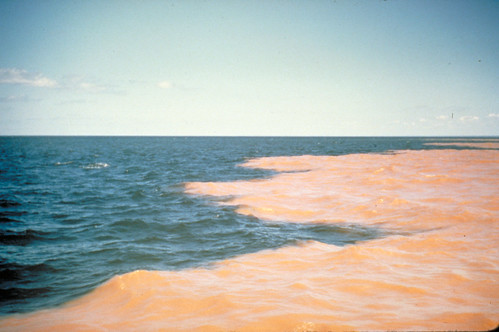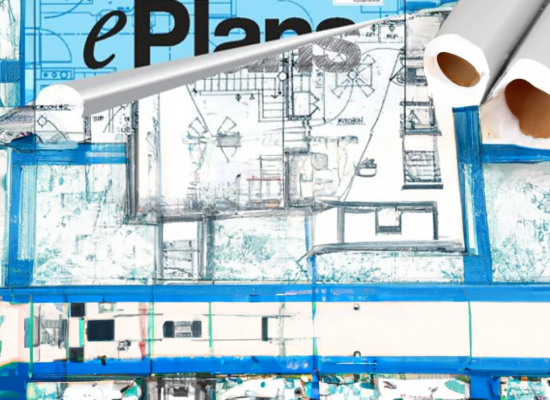Why Be Concerned with Erosion and Sediment Control?
Erosion and sediment control is an important consideration in Hawaii, as the state’s natural landscapes are vulnerable to the damaging effects of erosion. In order to protect these landscapes and prevent environmental degradation, the state of Hawaii has implemented erosion and sediment control plans.
Erosion is the process by which soil, rock, and other materials are worn away by the forces of wind, water, and ice. In Hawaii, erosion is a particularly serious problem due to the state’s unique geography and climate. Hawaii is composed of a series of islands that are located in a region of the Pacific Ocean that is prone to strong winds and heavy rainfall. This combination of factors makes the islands susceptible to erosion, which can have a number of negative impacts.
One of the most significant impacts of erosion in Hawaii is the loss of fertile soil. This can have a detrimental effect on the state’s agriculture industry, as the loss of fertile soil can make it difficult for farmers to grow crops. Additionally, erosion can also lead to the loss of valuable habitat for Hawaii’s unique plant and animal species.
Sediment control is another important aspect of erosion and sediment control in Hawaii. Sediment is the material that is carried by water and deposited on the ground or in water bodies. In Hawaii, sediment can come from a variety of sources, including construction sites, agricultural activities, and natural processes such as erosion. If left unchecked, sediment can cause a number of problems, including water pollution, habitat destruction, and the loss of valuable resources such as sand and gravel.
To address these issues, the state of Hawaii has implemented a number of erosion and sediment control plans. These plans are designed to reduce the amount of erosion and sedimentation that occurs in the state, and to protect Hawaii’s natural resources. Some of the key components of these plans include:
- The use of erosion control measures, such as vegetation, rock barriers, and sediment basins, to reduce the amount of erosion that occurs on slopes and in areas prone to erosion.
- The implementation of sediment control measures, such as sediment fences and sediment basins, to prevent sediment from entering water bodies and causing water pollution.
- The enforcement of regulations and best management practices (BMPs) to ensure that construction sites, agricultural activities, and other land-disturbing activities are conducted in a manner that minimizes the potential for erosion and sedimentation.
- The provision of education and outreach to help landowners, developers, and other stakeholders understand the importance of erosion and sediment control, and to encourage them to implement effective erosion and sediment control measures on their properties.
Overall, erosion and sediment control is an important issue in Hawaii, and the state’s erosion and sediment control plans play a vital role in protecting the state’s natural resources and preventing environmental degradation. By implementing these plans, Hawaii is taking steps to safeguard its unique and fragile environment, and to ensure that future generations can enjoy the state’s natural beauty.
 Copyright secured by Digiprove
Copyright secured by Digiprove 



